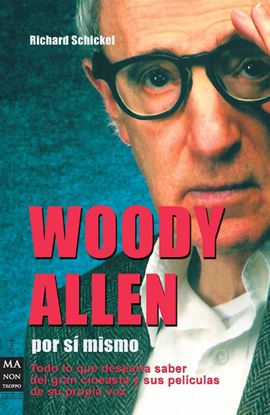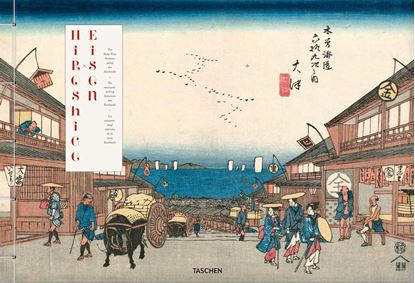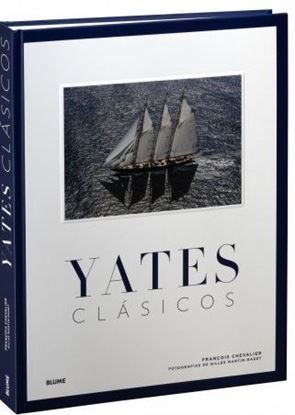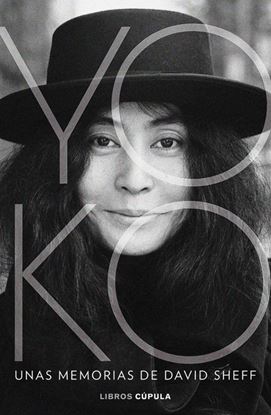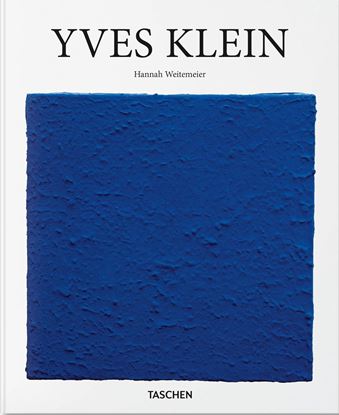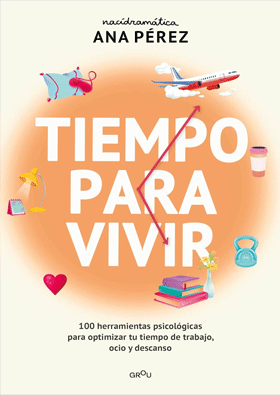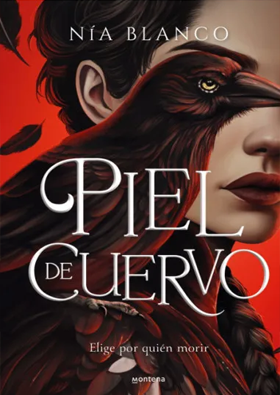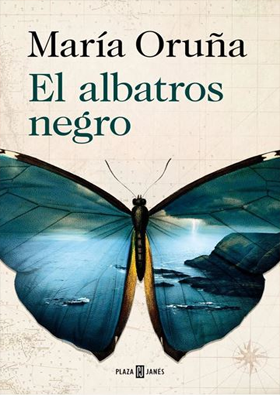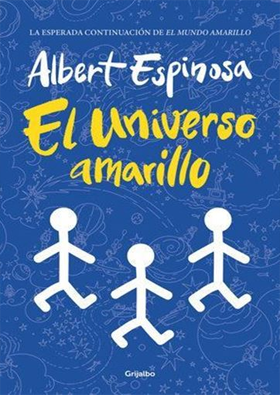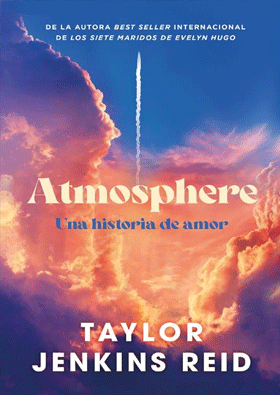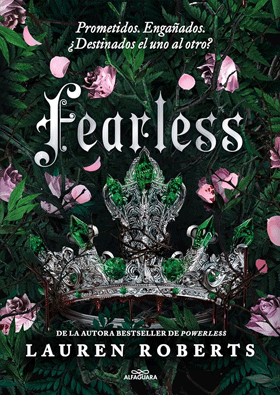

WOODY ALLEN POR SI MISMO (NUEVA EDICION)
Un documento inigualable para todos los interesados en la magnífica trayectoria vital y profesional de este auténtico gigante del cine
El escritor Richard Schickel realizó una exhaustiva entrevista televisiva al genial cineasta Woody Allen. Pese a que sólo se emitió una parte de cuanto en ella se dijo, el resultado de dicha conversación recibió una excelente acogida por parte de críticos y aficionados. Woody Allen por sí mismo reproduce la totalidad de la charla que tuvo lugar entre ambos personajes e incluye un profundo análisis de la carrera profesional del cineasta.
750
600
XL-HIROSHIGE/EISEN, KISOKAIDO-INT
The Kisokaido route through Japan was ordained in the early 1600s by the country’s then-ruler Tokugawa Ieyasu, who decreed that staging posts be installed along the length of the arduous passage between Edo (present-day Tokyo) and Kyoto. Inns, shops, and restaurants were established to provide sustenance and lodging to weary travelers. In 1835, renowned woodblock print artist Keisai Eisen was commissioned to create a series of works to chart the Kisokaido journey. After producing 24 prints, Eisen was replaced by Utagawa Hiroshige, who completed the series of 70 prints in 1838.
9,500
7,600
YATES CLASICOS
Dieciocho de los yates clásicos más hermosos del mundo, verdaderas obras maestras de la arquitectura naval.
Una invitación privada a un universo excepcional: desde las regatas de las Voiles de Saint-Tropez hasta la Copa América, los veleros logran que quienes los contemplan sueñen con regatas por todo el mundo.
Las historias de estos barcos son siempre singulares: desde el Manitou, que fue propiedad de John Fitzgerald Kennedy, hasta el Atlantic, una goleta de tres palos de proporciones espectaculares.
3,995
3,196
YOKO
La nueva biografía de Sheff sobre Yoko Ono, la artista de 92 años y viuda de John Lennon, argumenta convincentemente su relevancia como feminista, activista, innovadora vanguardista y una descarada de clase mundial. Sheff—prolífico periodista y autor que realizó una de las últimas entrevistas significativas con John y Yoko para Playboy, y posteriormente se hizo amigo de ella—ha escrito lo más cercano a una biografía autorizada que el mundo puede encontrar. El libro es sustancioso y, como era previsible, compasivo pero no adulador, escrito principalmente con una prosa directa que sugiere que la compasión está plenamente justificada por una figura que no solo fue desestimada sino demonizada.
1,650
1,320
YVES KLEIN (BA-ART) (E)
Ese azul…
El artista a quien se le debe el azul de ultramar
A mediados de la década de 1950, Yves Klein (1928-1962) declaró que “un mundo nuevo exige un hombre nuevo”. Su peculiar estilo idiosincrático y su gran carisma llevaron a este audaz artista a desarrollar una breve pero fructífera carrera, pues pintó más de mil cuadros en un periodo de siete años, cuadros que hoy se consideran clásicos del arte moderno de posguerra.
Klein se labró un nombre sobre todo con sus lienzos monocromos de gran formato pintados con el tono de azul que él mismo patentó. El International Klein Blue (IKB), compuesto de pigmento puro y un aglutinante, es a un tiempo denso y luminoso, evocador y decorativo, y Klein lo concibió para evocar la cualidad inmaterial e infinita del mundo. Las obras de esta revolución azul parecen transportarnos a otra dimensión, como si cayéramos hipnotizados por un cielo de verano perfecto.
1,350
1,080
MUSICOS, COMPOSITORES Y CANCIONES DOM.
Músicos, compositores y canciones dominicanas en los siglos XIX y XX fue elaborado mediante una metodología heterogénea. Incluyó consultas bibliográficas, entrevistas a los propios músicos o a familiares y relacionados, consultas a historiadores y músicos de los distintos municipios y provincias, búsqueda en periódicos y revistas y, de manera especial, las consultas a musicólogos y expertos en esos temas, que afortunadamente apoyaron con entusiasmo este trabajo.
1,200
960


